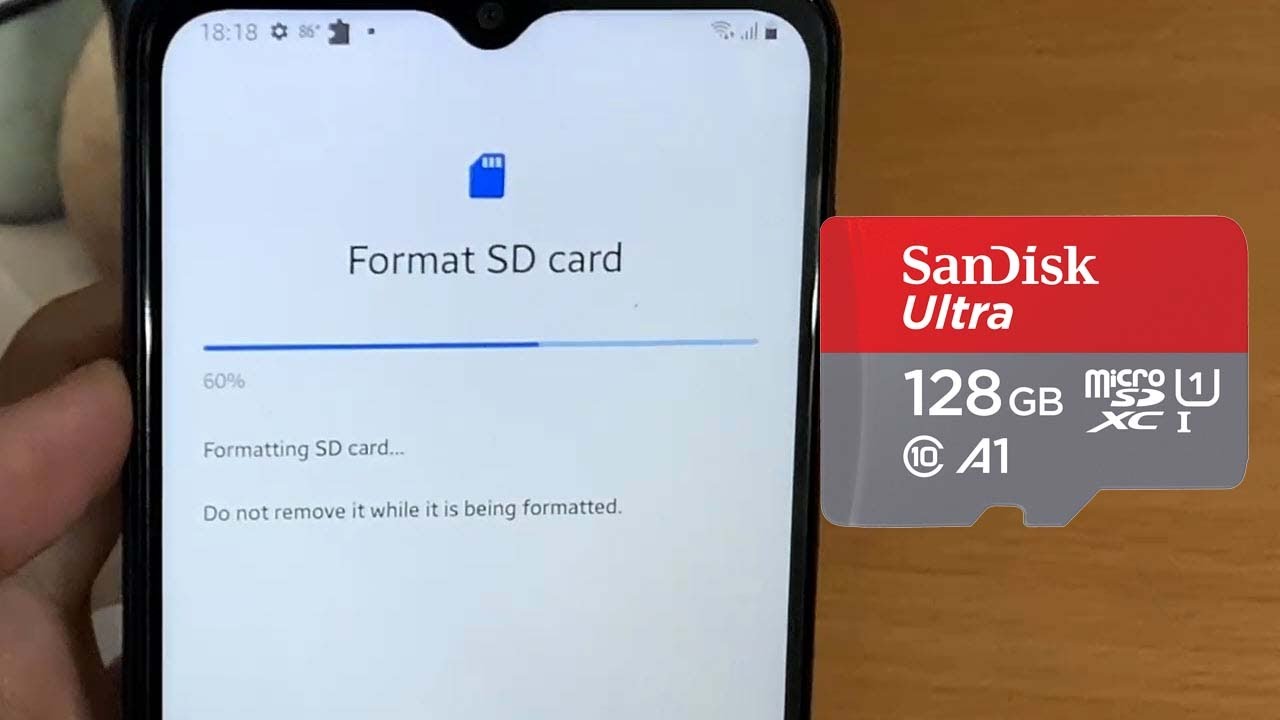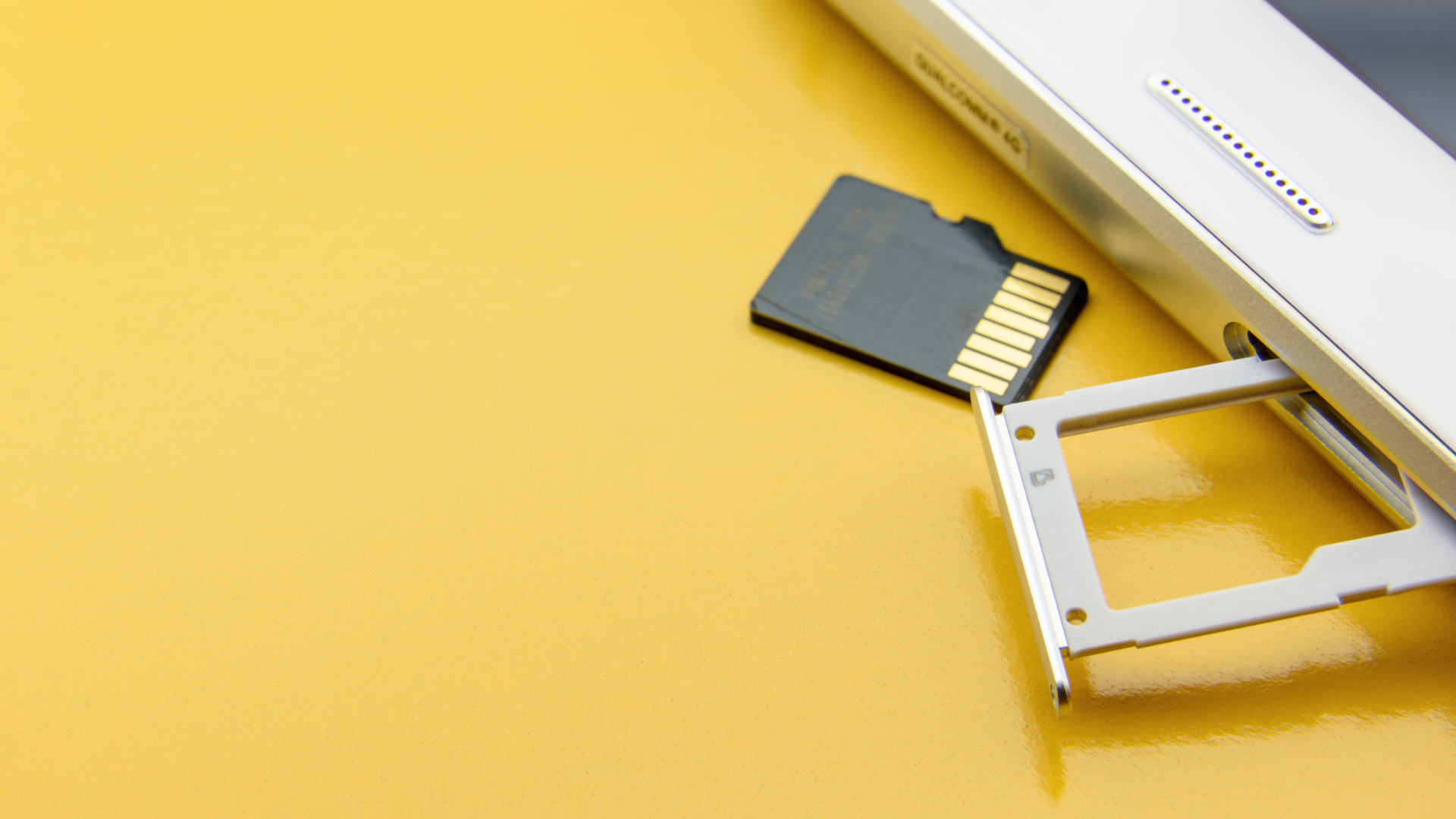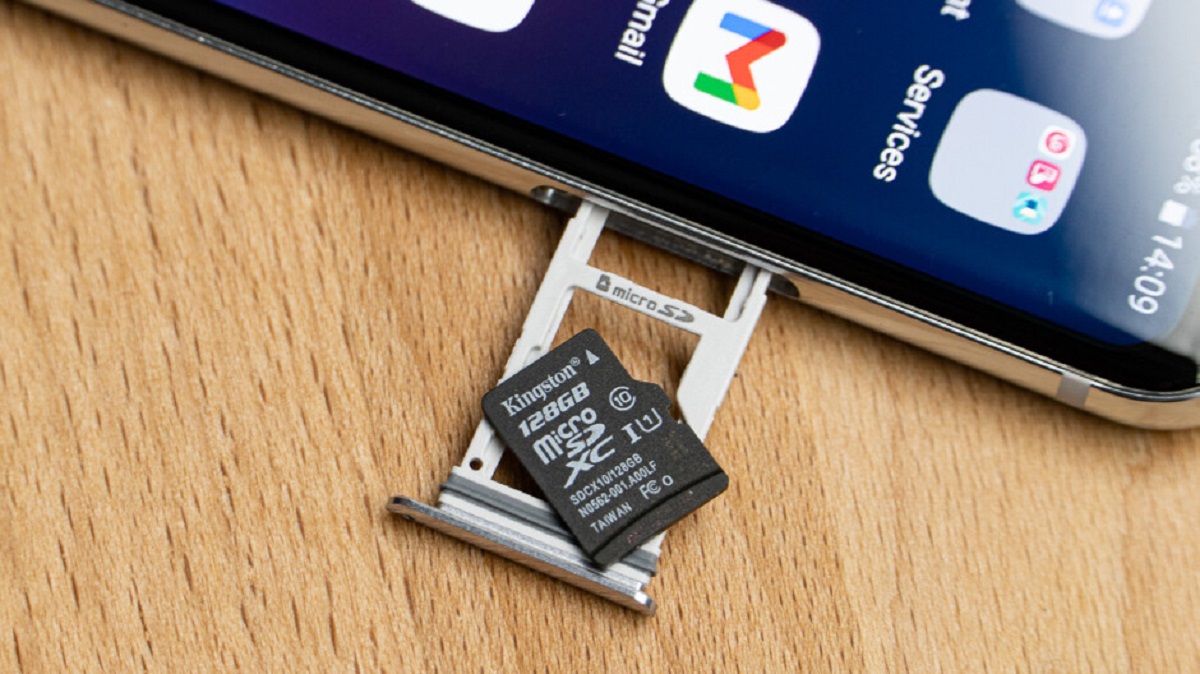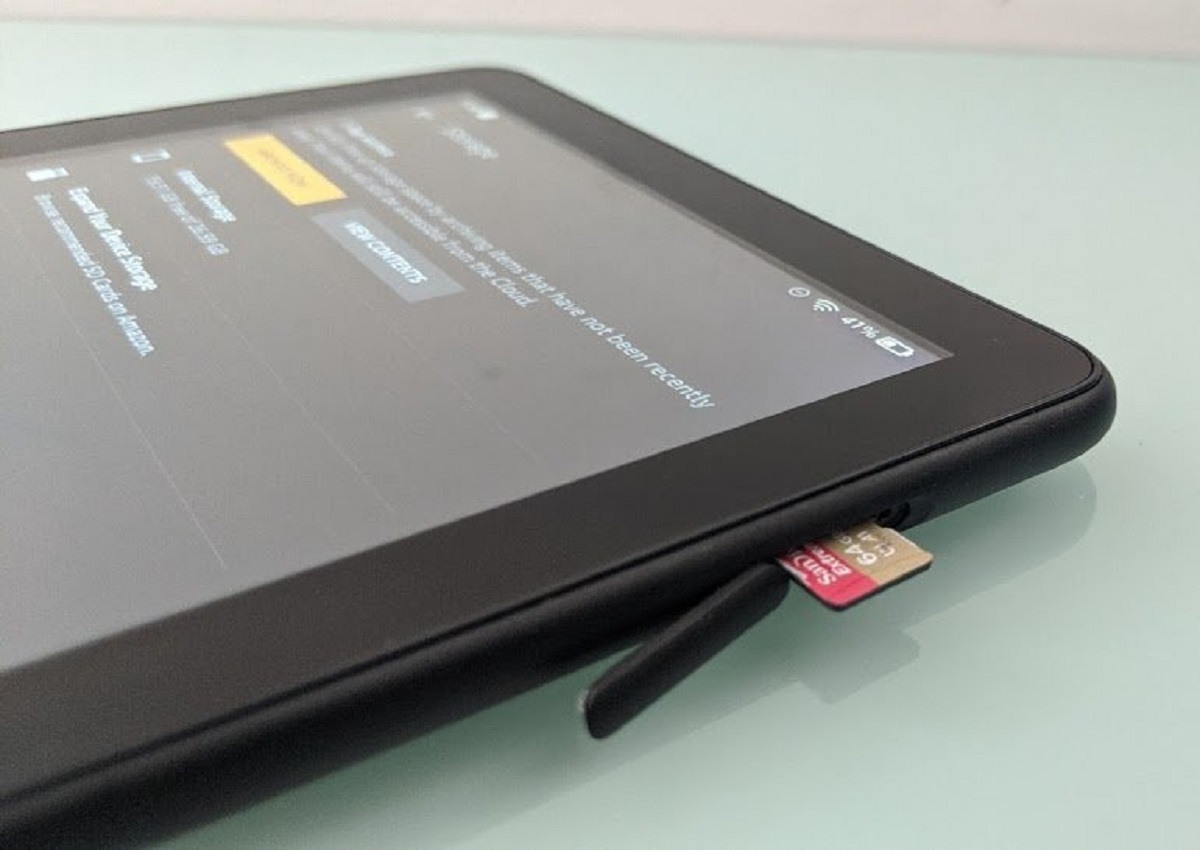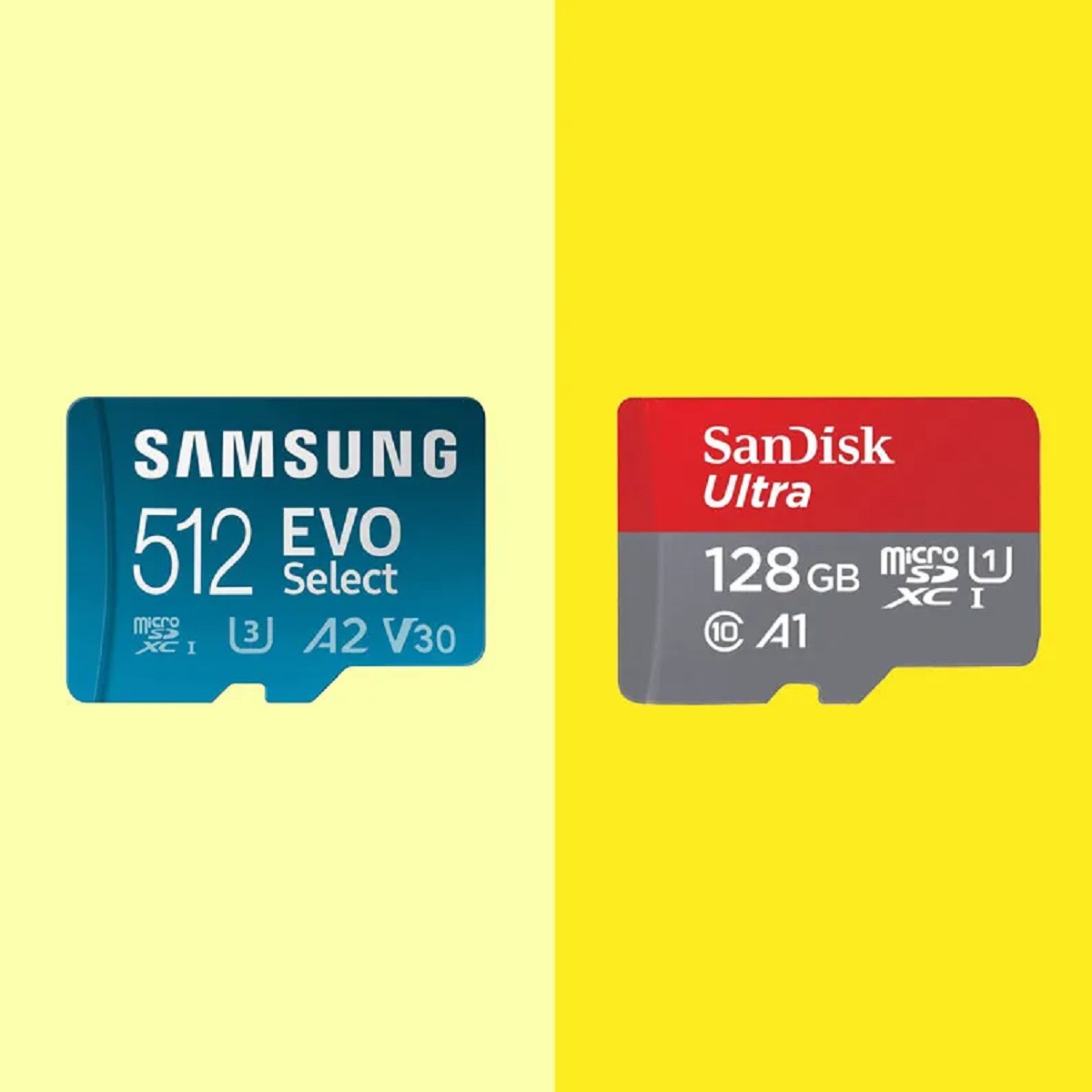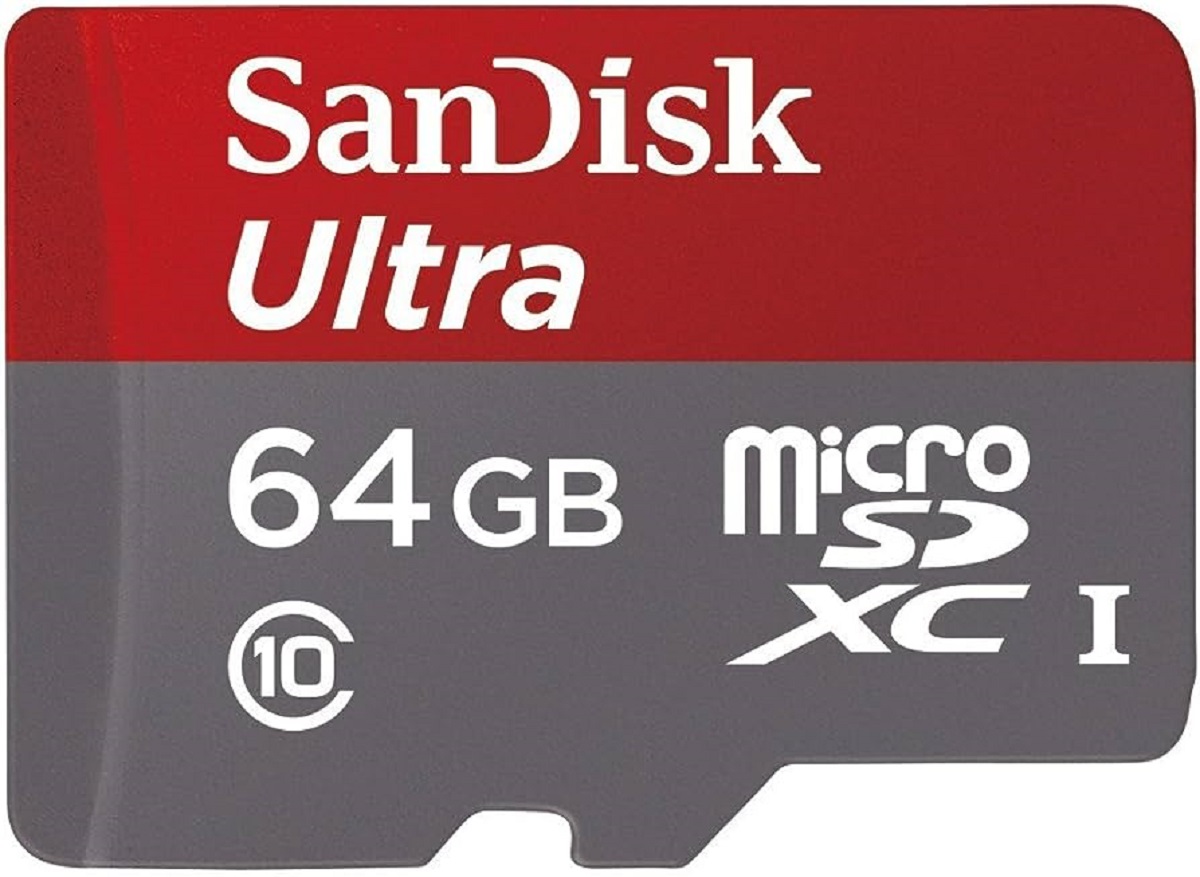Introduction
Welcome to this comprehensive guide on how to format a Micro SD card on your Android tablet. If you’re experiencing issues with your Micro SD card, such as corruption, slow performance, or compatibility problems, formatting could be the solution to regain optimal performance.
A Micro SD card is a small, removable storage device that can be inserted into compatible devices, such as Android tablets, smartphones, digital cameras, and gaming consoles. It provides additional storage capacity, allowing you to store more photos, videos, documents, and other files on your device.
While Micro SD cards are generally reliable, there can be instances where they need to be formatted. Formatting refers to the process of preparing the storage device for use by creating a new file system and removing all existing data. It can help resolve various issues, including file system errors, fragmentation, and compatibility problems.
Before proceeding with the formatting process, it’s essential to understand both the benefits and precautions associated with formatting a Micro SD card on your Android tablet. This guide will walk you through the necessary steps to ensure a smooth and successful formatting process while preserving your data.
What is a Micro SD Card?
A Micro SD card is a small, portable storage medium that provides an extension of storage capacity for various electronic devices. It is designed to be used in devices such as Android tablets, smartphones, digital cameras, and gaming consoles.
Micro SD cards are the smallest form factor of the Secure Digital (SD) memory card format. Despite their small size, they offer impressive storage capabilities, ranging from a few gigabytes (GB) to several terabytes (TB) of storage space.
These cards are incredibly versatile, as they can be easily inserted into and removed from compatible devices. This allows users to conveniently transfer and access their digital files, including photos, videos, music, documents, and more, across multiple devices.
In terms of physical design, a Micro SD card measures about the size of a fingernail. It is particularly notable for its compactness, making it ideal for devices where space is limited or devices that require a removable and expandable storage solution.
Micro SD cards utilize flash memory technology, which provides several benefits over traditional storage mediums. Flash memory is non-volatile, meaning it retains data even when powered off. It is also resistant to shocks, vibrations, extreme temperatures, and magnetic fields, making it robust and reliable for everyday use.
Overall, a Micro SD card offers a practical and efficient way to expand the storage capacity of your Android tablet or other compatible devices. It allows you to store more files, install applications, and enjoy a seamless user experience without worrying about running out of space.
Benefits of Formatting Micro SD Card
Formatting a Micro SD card on your Android tablet comes with several notable benefits. Here are some of the key advantages of formatting your Micro SD card:
- Resolve File System Errors: Over time, file system errors can occur on your Micro SD card, leading to issues such as data corruption or inability to read/write data. By formatting the card, you can eliminate these errors and restore the file system to a clean state.
- Optimize Performance: Formatting helps to optimize the performance of your Micro SD card. It removes fragmented files and frees up storage space, resulting in faster read/write speeds. This can improve the overall performance of your Android tablet, especially when accessing large files or running resource-intensive applications.
- Enhance Compatibility: In some cases, a Micro SD card may encounter compatibility issues with certain devices or operating systems. Formatting the card can help resolve compatibility problems by ensuring that the file system is compatible with your Android tablet or other devices.
- Remove Unwanted Files: Formatting a Micro SD card erases all existing data on the card. This provides an opportunity to remove any unwanted files, unnecessary apps, or temporary files that may be taking up valuable storage space. Cleaning up the card can free up space for new files and improve overall device performance.
- Start Fresh: Formatting represents a fresh start for your Micro SD card. It removes any potential issues or errors that may have accumulated over time. It’s like giving your Micro SD card a clean slate, ensuring that it operates at its best.
Keep in mind that formatting a Micro SD card will erase all data stored on it. Therefore, it’s crucial to backup any important files or data you want to keep before proceeding with the formatting process.
By understanding the benefits of formatting your Micro SD card, you can make an informed decision about when and how to format it. Whether you’re experiencing slow performance, compatibility issues, or just want to start fresh, formatting can help you optimize your Micro SD card’s performance and enhance your overall device experience.
Precautions before Formatting Micro SD Card
Before you proceed with formatting your Micro SD card on your Android tablet, it’s essential to take a few precautions to ensure a smooth and hassle-free process. Here are some important precautions to keep in mind:
- Backup Important Data: Formatting a Micro SD card will result in the complete deletion of all data stored on the card. Therefore, it’s crucial to back up any essential files, such as photos, videos, documents, or any other data that you want to preserve. You can transfer the files to your computer, another storage device, or cloud storage before proceeding with the formatting process.
- Ensure Power Supply: It’s important to make sure that your Android tablet is connected to a reliable power source during the formatting process. Sudden power loss during formatting can lead to data corruption or even damage the Micro SD card. Avoid performing the formatting process when the tablet’s battery is critically low.
- Remove the Micro SD Card Properly: Before formatting, ensure that the Micro SD card is removed from any device it is currently inserted in. Improperly removing the card can cause data corruption or damage. Follow the manufacturer’s instructions for safely ejecting or removing the Micro SD card from your Android tablet.
- Use Compatible File System: When formatting the Micro SD card, select a file system that is compatible with your Android tablet. The recommended and widely supported file system for most devices is FAT32 or exFAT. Check your device’s user manual or consult the manufacturer’s website to determine the appropriate file system to use.
- Ensure Adequate Storage Space: Before formatting, make sure you have enough free space on your Android tablet or another storage device to accommodate any important files you want to backup. This will allow you to easily transfer the files from the Micro SD card to the backup location.
- Double-Check Before Formatting: Formatting is a permanent and irreversible process. Double-check that you have selected the correct Micro SD card for formatting, as formatting the wrong card can result in the loss of valuable data. Take a moment to verify the card’s label or capacity to avoid any unintended formatting.
By taking these precautions, you can minimize the risk of data loss and ensure a smooth formatting process for your Micro SD card. Remember, formatting should only be done when necessary and after considering the importance of the data stored on the card. With the necessary precautions in place, you can proceed confidently with formatting your Micro SD card on your Android tablet.
Steps to Format Micro SD Card on Android Tablet
Formatting a Micro SD card on your Android tablet is a straightforward process. Follow these step-by-step instructions to successfully format your Micro SD card:
- Step 1: Back up Your Data: Before formatting, make sure to back up any important data stored on the Micro SD card. Connect the card to your computer using a card reader and copy the files to a safe location.
- Step 2: Insert the Micro SD Card: Insert the Micro SD card into the designated slot on your Android tablet. Ensure it is properly inserted and secured.
- Step 3: Open Settings: On your Android tablet, open the Settings app. You can usually find the app icon either on your home screen or in the app drawer.
- Step 4: Navigate to Storage Settings: In the Settings menu, scroll down and locate the “Storage” or “Storage & USB” option. Tap on it to access the storage settings.
- Step 5: Select the Micro SD Card: In the storage settings, you should see the available storage options on your Android tablet. Look for the entry that represents your Micro SD card. It may be labeled as “SD Card” or “External Storage.” Tap on the Micro SD card option to proceed.
- Step 6: Access the Format Option: Within the Micro SD card settings, you should find the option to format the card. The location of this option may vary depending on your device and Android version. Look for a “Format” or “Format SD Card” option and tap on it.
- Step 7: Confirm the Formatting: A warning message will usually appear, informing you that formatting will erase all data on the Micro SD card. Read the warning carefully, and if you have already backed up your data, confirm the formatting process to proceed.
- Step 8: Wait for the Formatting Process: Once confirmed, your Android tablet will begin formatting the Micro SD card. The duration of the formatting process may vary depending on the size and speed of the card.
- Step 9: Complete the Formatting: After the formatting process is complete, you will see a confirmation message. Tap on “Done” or “Finish” to finalize the formatting process.
- Step 10: Restore Your Data: Once the Micro SD card is formatted, you can safely remove it from the Android tablet and insert it into your device. Copy the backed-up data back onto the Micro SD card using a card reader or by connecting your Android tablet to your computer.
Following these steps will help you successfully format your Micro SD card on your Android tablet. Remember to backup your data before formatting and proceed with caution. In case you encounter any issues or have difficulty finding the format option, consult your device’s user manual or contact the manufacturer’s support for further assistance.
Conclusion
Formatting a Micro SD card on your Android tablet can help resolve various issues, optimize performance, and ensure compatibility with your device. By following the steps outlined in this guide and taking the necessary precautions, you can safely format your Micro SD card and enjoy a fresh storage experience.
Remember to always back up important data before formatting to prevent any loss of information. Take the time to understand the specific requirements of your Android tablet and choose the appropriate file system for formatting.
During the formatting process, make sure your Android tablet has a stable power supply to avoid any interruptions that could result in data corruption. Properly eject the Micro SD card before formatting and handle it with care to prevent any physical damage.
After formatting, you can restore your backed-up data to the Micro SD card and continue using it seamlessly. Enjoy the benefits of improved performance, compatibility, and optimized storage capacity for your Android tablet.
If you encounter any difficulties or have specific questions regarding formatting your Micro SD card on your Android tablet, refer to the device’s user manual or seek support from the manufacturer’s customer service.
In conclusion, formatting your Micro SD card on your Android tablet is a simple yet powerful way to maintain the reliability and efficiency of your storage device. By regularly formatting and managing your Micro SD card, you can ensure that it continues to provide ample space and reliable performance for all your digital needs.







